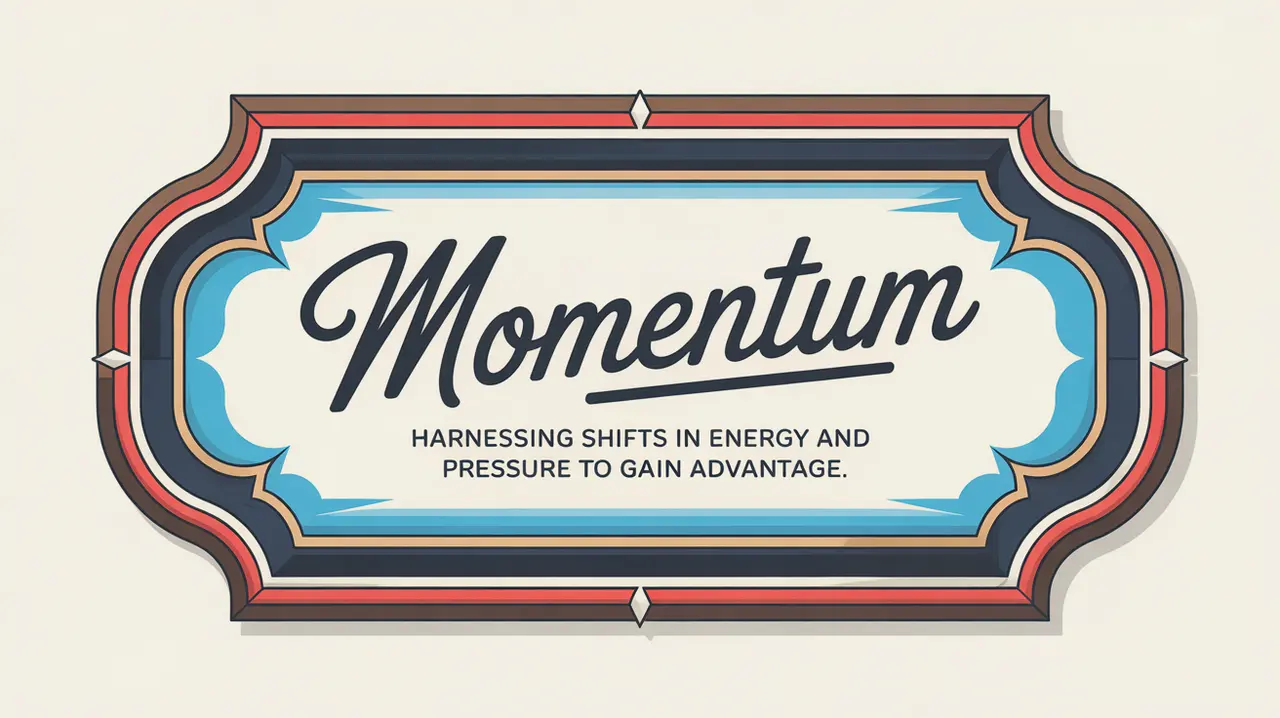Jim’s Intro to Momentum
Hi folks, Jim here, the only commentator who was once asked to describe momentum, and answered, “Well, a person my age has had many momentums in life. Would you like me to talk about a happy momentum, a funny momentum, or a surprise momentum?”
What is momentum?
Momentum in hockey refers to the psychological and tactical shift in control of the game, often sparked by key plays like goals, big hits, penalty kills, or extended offensive pressure. It’s not a formal rule, but every player, coach, and fan can feel when a team suddenly takes over the flow of the game, or loses it.
How does it work?
Momentum builds and shifts through sequences that affect both teams’ confidence and execution:
- Scoring Plays: A big goal, especially a tying or go-ahead one, can energize a team instantly.
- Physical Shifts: Big hits or scrappy defensive stands fire up benches and crowds.
- Special Teams: Killing off a penalty or scoring on the power play often flips momentum fast.
- Sustained Pressure: Long offensive zone shifts wear down opponents and tilt the ice.
- Mistakes and Turnovers: Costly errors can hand momentum to the other team in an instant.
- Crowd and Bench Energy: Emotional intensity feeds into how teams skate and respond.
How do you make good decisions with it?
- Recognize the Swings: Great players and teams feel momentum shifts and adjust their play accordingly.
- Capitalize When It’s Yours: Push the pace, keep pressure high, and extend the advantage.
- Settle Things When It’s Theirs: Slow the game down, make smart plays, and weather the surge.
- Avoid Panic: Bad decisions under pressure amplify momentum shifts against you.
- Stay Disciplined: Penalties or reckless plays can undo momentum quickly.
How do you master it?
Mastering momentum involves awareness, leadership, and poise. Teams learn to sense when the game tilts and either push harder to capitalize or stabilize to regain control. Coaches use line changes, timeouts, and strategic adjustments to manage swings. Players develop the mental toughness to ride highs without losing structure and to respond to lows without unraveling.
What does it look like when done right?
When a team rides momentum well, the game feels tilted in their favor. Every loose puck bounces their way, every shift builds pressure, and the opponent struggles to breathe. Conversely, when teams expertly neutralize momentum, they look calm, collected, and unshakable in the face of surges.
Commentator’s Corner
Jim’s Take
Momentum is like a Zamboni on a downhill slope. Once it’s moving, it’s hard to stop. Smart teams don’t just feel it, they steer it.
Parent Tip
Help young players understand that momentum isn’t magic. It’s built through effort, discipline, and seizing key moments.
Player Tip
Stay sharp mentally. Recognize the flow, respond with purpose, and don’t let swings rattle your game.
A Final Thought
Momentum may be invisible, but it’s real. Teams that learn to harness or halt it control the emotional and tactical heartbeat of the game.









